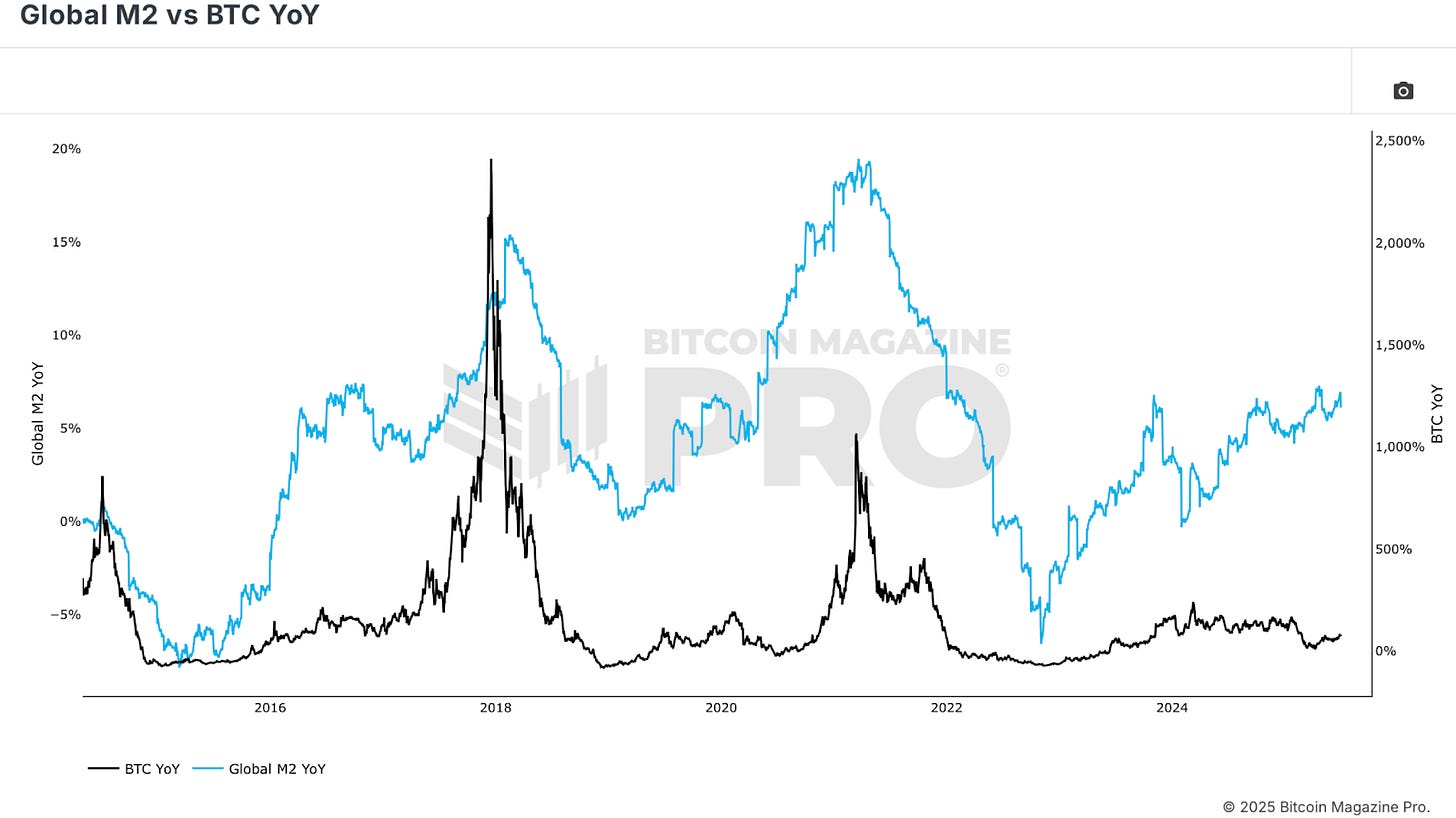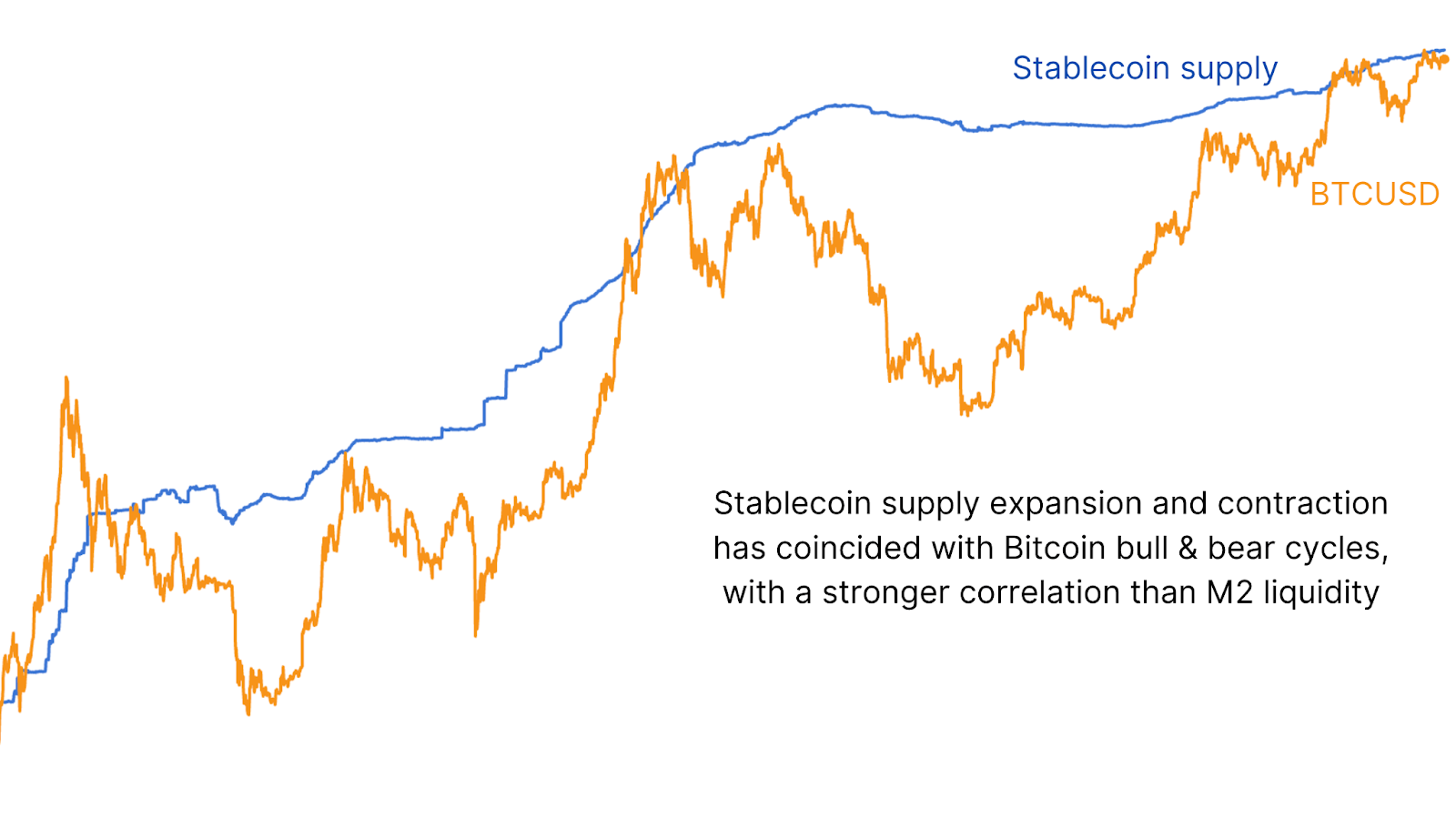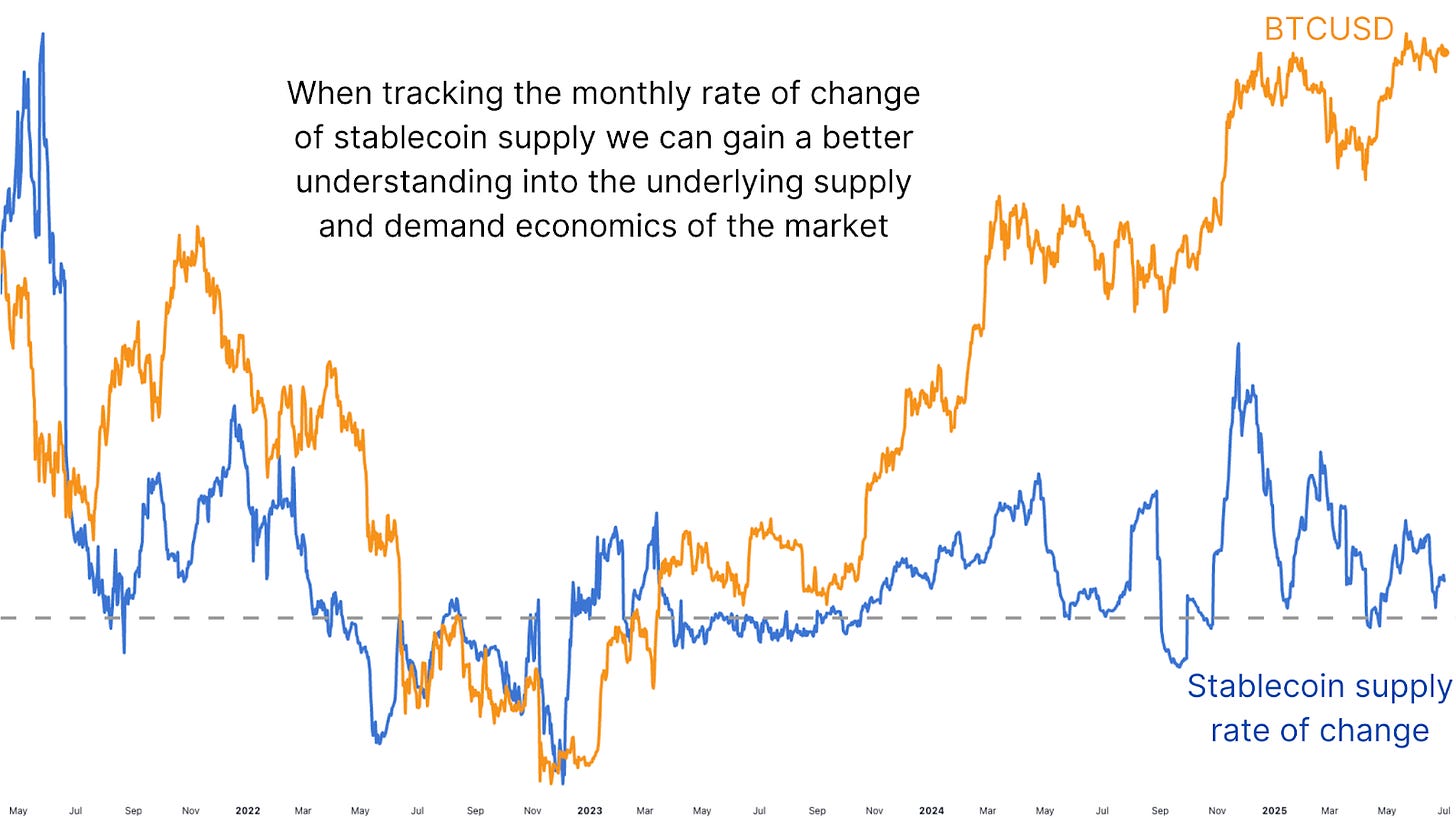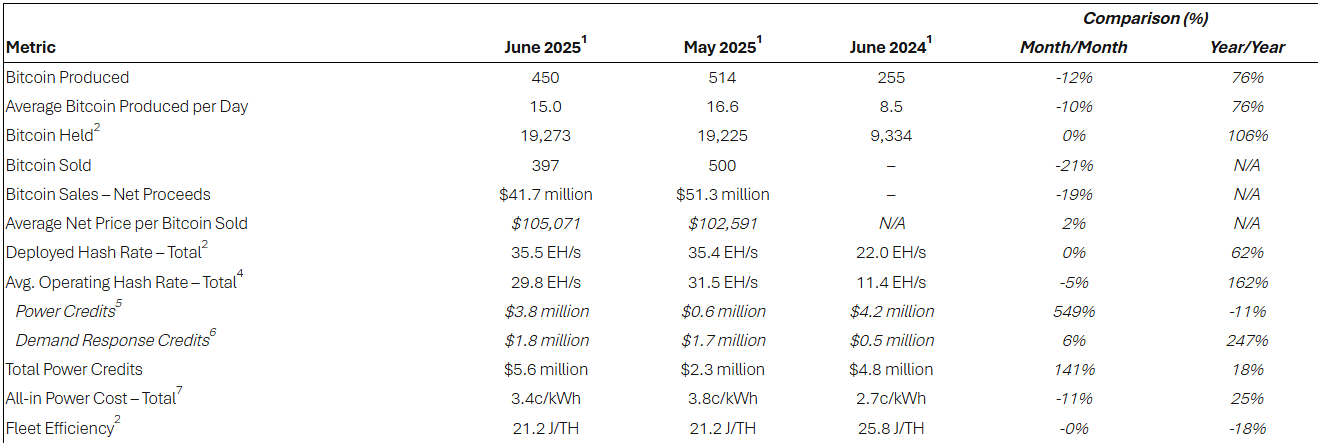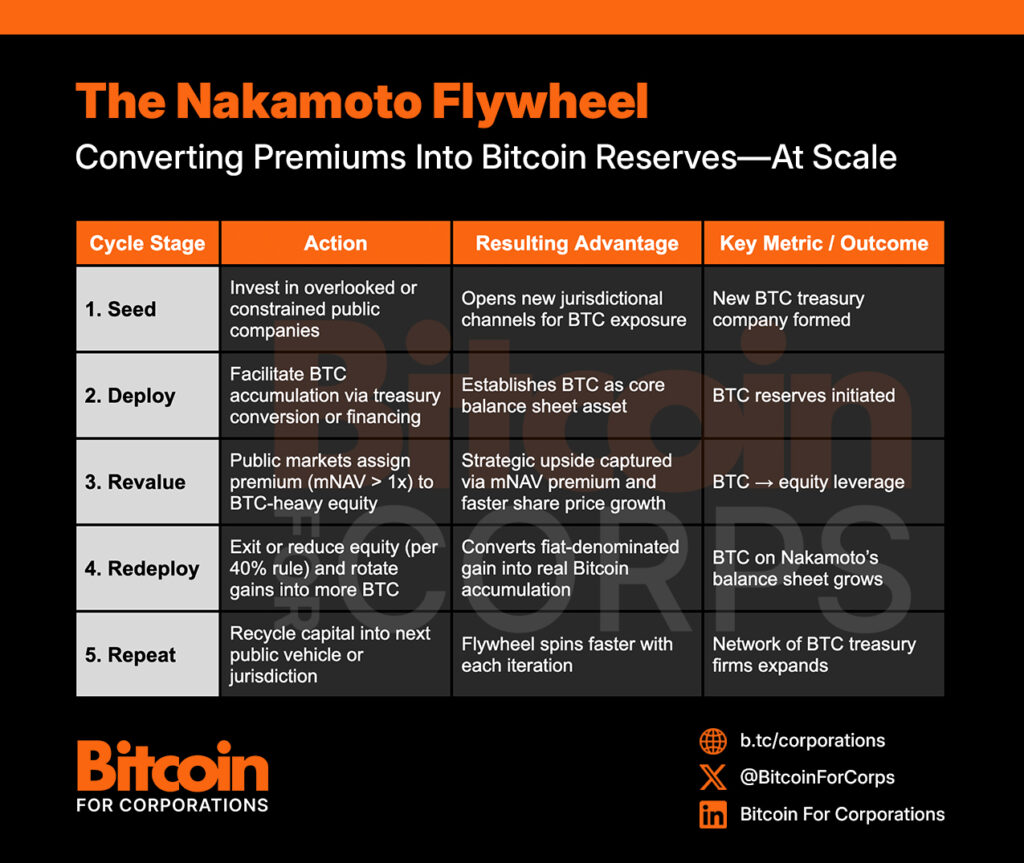The Austrian School of Economics
The Austrian school of economics is a school of economic thought that emphasizes the importance of individual human action and free markets in economic decision-making. It has its origins in late 19th-century Vienna and has since grown into a well-known portion of modern economic philosophy.
The Origins of the Austrian School of Economics
In order to fully understand the Austrian school, it is important to explore its historical roots. The school emerged in the late 19th century with the works of Carl Menger, Eugen von Böhm-Bawerk, and Friedrich von Wieser, who explored a new approach to understanding economic phenomena.
Carl Menger, often considered the founder of the Austrian school, challenged the prevailing theories of his time with his groundbreaking work Principles of Economics. Menger argued that economic value is determined by subjective preferences and that individuals act purposefully to attain their desired ends.
Eugen von Böhm-Bawerk, another influential figure, expanded on Menger’s ideas by introducing the concept of time preference, which is the subjective value attached to present goods over future goods and becomes the societal basis for interest rates. This concept added a new dimension to the understanding of how individuals make economic choices, highlighting the importance of considering the time element in decision-making.
Friedrich von Wieser focused on the concept of opportunity cost, arguing that individuals must give up their next-best alternative when making economic choices. By emphasizing the trade-offs involved in decision-making, Wieser provided a deeper understanding of the costs associated with choosing one option over another.
The Sociopolitical Climate and its Influence
The sociopolitical climate of the time greatly shaped the development of the Austrian school. Fin-de-siècle Vienna was a vibrant intellectual hub where scholars were engaged in debates on economic, political, and social issues. This environment fostered the development of a school of thought that challenged prevailing economic theories and provided an alternative perspective.
The Austrian school emerged in a period of significant social and economic change. The late 19th century was marked by rapid industrialization, urbanization, and globalization. These transformations brought about new challenges and opportunities, prompting scholars like Menger, Böhm-Bawerk, and Wieser to question the prevailing economic theories that failed to adequately explain these changes.
Vienna was a melting pot of ideas, its coffeehouses and widespread seminars provided fertile grounds for intellectual inquiries. The city was home to a diverse range of scholars, artists, and thinkers, which created an environment conducive to the exchange of ideas and the development of new theories. The intellectual climate of Vienna played a crucial role in fostering the growth of the Austrian school, and provided a platform for its key figures to engage in intellectual debates and refine their arguments.
Furthermore, the sociopolitical climate of the time deeply influenced the development of the Austrian School, particularly in its contrast and response to the prevailing ideologies in Vienna and broader intellectual currents in Europe. Vienna’s role as a center of political and cultural power was not just limited to a battleground of ideas between laissez-faire economics and interventionist policies but also a pivotal stage for the exploration of socialist ideals. During the era known as “Red Vienna” (1919-1934), the city became a testing ground for socialist policies, focusing on housing, education, and social welfare. This experiment in social democracy provided a contemporary foil to the Austrian school’s advocacy for market freedom and minimal government intervention.
Moreover, the Austrian economists were developing their theories in direct intellectual opposition not only to the interventionist and collectivist ideologies of their locale but also to the methodological approach of the German historical school. The latter emphasized the importance of historical context and empirical data in economic study, challenging the Austrians’ more theoretical and deductive reasoning. The contrast with the German historical school highlighted the Austrians’ unique contribution to economic thought, focusing on individual action, subjective value, and the emergent order resulting from market processes.
The interplay between these diverse ideological and methodological perspectives in the vibrant intellectual milieu of Vienna and beyond was crucial in shaping the distinct Austrian approach to economic theory. It underscored the school’s fundamental belief in the power of individual choice, spontaneous order, and market dynamics as superior mechanisms for social and economic organization, against the backdrop of the collectivist and historicist ideas that were prevalent at the time.
Fundamental Principles of the Austrian School
The Austrian school is characterized by several fundamental principles that set it apart from other economic schools of thought.
The Concept of Praxeology
One of the key concepts of the Austrian school is praxeology, which is the study of human action. Praxeology seeks to understand the purposeful behavior of individuals and argues that economic theory should be based on this understanding. By focusing on human action, the Austrian school provides insights into how individuals make choices, allocate resources, and interact in the marketplace.
Praxeology delves deep into the logical consequences of human action. It explores the various factors that influence decision-making, such as personal preferences, subjective values, and the pursuit of individual goals. Through praxeology, the Austrian school sheds light on the complexities of human behavior and its impact on economic outcomes.
Furthermore, praxeology recognizes that individuals are not bound by rigid rules or predetermined outcomes. Instead, it acknowledges the dynamic nature of human action, which is influenced by ever-changing circumstances and personal wishes and desires. This dynamic perspective allows the Austrian school to provide a nuanced understanding of how individuals adapt and respond to economic changes.
The Role of Individualism
The Austrian school places a strong emphasis on the individual as a fundamental actor in the economy; their actions and choices determine economic outcomes. This stands in contrast to other schools of thought that prioritize collective decision-making, or top-down planning aimed at specific social outcomes.
Individualism, as advocated by the Austrian school, recognizes the unique abilities, knowledge, and preferences possessed by each individual. It acknowledges that individuals have different needs, desires, and aspirations, and that their actions reflect these individual differences. By recognizing and respecting individual autonomy, the Austrians argue for a society that allows individuals to pursue their own goals and aspirations.
Spontaneous order is another topic crucial to the Austrians. The basic idea is that free choices and voluntary exchanges made by individuals create a complex web of economic relationships, leading to the emergence of order and coordination. This “spontaneous” order is seen as superior to top-down planning and control, as it harnesses the diverse knowledge and preferences of individuals to guide economic activities.
The Importance of Free Markets
Most Austrian school economists strongly advocate for free markets and limited government intervention in the economy. They say that the spontaneous order of free markets allows for efficient allocation of resources and promotes individual freedom. The school points to the damaging effects of government intervention and emphasizes the importance of allowing market forces to operate without undue interference.
Free markets, according to the Austrian school, enable individuals to freely engage in voluntary exchange based on their own subjective valuations. These exchanges are driven by the pursuit of self-interest, but doing so also generate mutual benefits and promote overall societal welfare. By allowing market prices to reflect the underlying supply and demand dynamics, free markets provide crucial information that guides individuals’ economic decisions.
Furthermore, the Austrian school highlights the role of competition in free markets. It argues that competition fosters innovation, efficiency, and continuous improvement. In a competitive market environment, businesses are incentivized to offer better products and services at lower prices, driving economic growth and raising living standards. By contrast, government intervention distorts market signals, stifles competition, and hampers economic progress.
Criticisms Surrounding the Austrian School
Like any school of thought, the Austrian school has faced criticisms throughout its history.
The Debate over Empiricism
One of the main controversies surrounding the Austrian school is its tendency to sidestep empirical methods in economic analysis. Critics argue that the school’s reliance on deductive reasoning and the study of human action limits its ability to make accurate predictions about economic phenomena or say much at all about the real world. However, proponents of the Austrian school argue that economic analysis should focus on a priori reasoning and that empirical methods are less reliable.
The Social Impact of Laissez-faire Policies
Another controversy surrounding the Austrian school is its endorsement of laissez-faire policies. Critics argue that unrestricted free markets can lead to income inequality, exploitation, or less-than-ideal outcomes via market failures. Proponents of the Austrian school counter that market forces and voluntary exchanges lead to mutual benefit and overall prosperity for society.
The Austrian School’s Influence on Modern Economics
The Austrian school has had a significant impact on modern economics and has contributed several important theories and concepts.
The Austrian Business Cycle Theory
One of the most notable contributions by Austrian economists is the Austrian business cycle theory. This theory, developed by Ludwig von Mises and further expanded upon by Friedrich Hayek in the first half of the 20th century, explains how monetary intervention by central banks leads to artificial booms necessarily followed by busts in the economy. The theory has provided valuable insights into the causes of economic recessions and has influenced the understanding of monetary policy.
Entrepreneurship Theory
The Austrian school has also made significant contributions to entrepreneurship theory. Scholars such as Joseph Schumpeter — who was from Austria but didn’t align himself with the Austrian school — have emphasized the role of entrepreneurs in driving economic growth and innovation. The school’s focus on individual action and the market process has shed light on the importance of entrepreneurs as drivers of a dynamic economy, with modern scholars like Israel Kirzner, Peter Klein, and Per Bylund making advances in how entrepreneurs contribute to the economic process.
Notable Austrian Economists and their Contributions
Several notable economists have emerged from the Austrian school, each making significant contributions to economic theory.
Ludwig von Mises and The Theory of Money and Credit
Ludwig von Mises is one of the most influential figures in the Austrian School. His work The Theory of Money and Credit provided a comprehensive analysis of the role of money in the economy and the impact of monetary policy on economic affairs. Mises emphasized the importance of sound money and warned against the dangers of inflation and central bank intervention.
Friedrich Hayek and the Road to Serfdom
Friedrich Hayek’s book The Road to Serfdom is another seminal work in the Austrian school. Hayek argued that excessive government intervention in the economy can lead to a loss of individual freedom and ultimately, totalitarianism. His work has had a profound influence on political and economic discourse and continues to be relevant today.
Austrian Economics and Bitcoin
The principles of Austrian economics have significantly shaped the creation and philosophy underlying Bitcoin, aligning closely with Hayek’s ideas of currency competition. Hayek famously advocated for the decentralization of currency as a means to prevent government mismanagement and inflation. A famous quote of his presciently foreshadowed the emergence of bitcoin twenty years before Satoshi:
“I don’t believe we shall ever have a good money again before we take the thing out of the hands of government, that is, we can’t take them violently out of the hands of government, all we can do is by some sly roundabout way introduce something they can’t stop,”
This digital currency embodies Hayek’s vision by operating outside the control of any central authority, thus offering a form of money governed by mathematical certainty rather than political whims.
The influence of Austrian economics on Bitcoin extends beyond Hayek’s disdain for centralized monetary control. Phil Salin, another advocate for free-market principles and a Hayekian disciple, contributed to the foundational ideas that paved the way for cryptocurrencies. His work on digital cash systems emphasized the importance of a monetary system that could operate efficiently without the need for trust in a central authority.
Bitcoin, often described as an anarchist form of money due to its decentralized nature — “rules without rulers” — echoes the Austrian school’s emphasis on individual sovereignty and economic freedom. By using blocks issued at a predetermined schedule, Bitcoin creates a system where the supply is capped, transactions are transparent and irreversible, and, most crucially, the currency remains immune to government interference and manipulation. This alignment with Hayekian economics shows a way in which Bitcoin is a practical implementation of Austrian principles, offering a viable alternative to fiat currencies and their inherent vulnerabilities.





